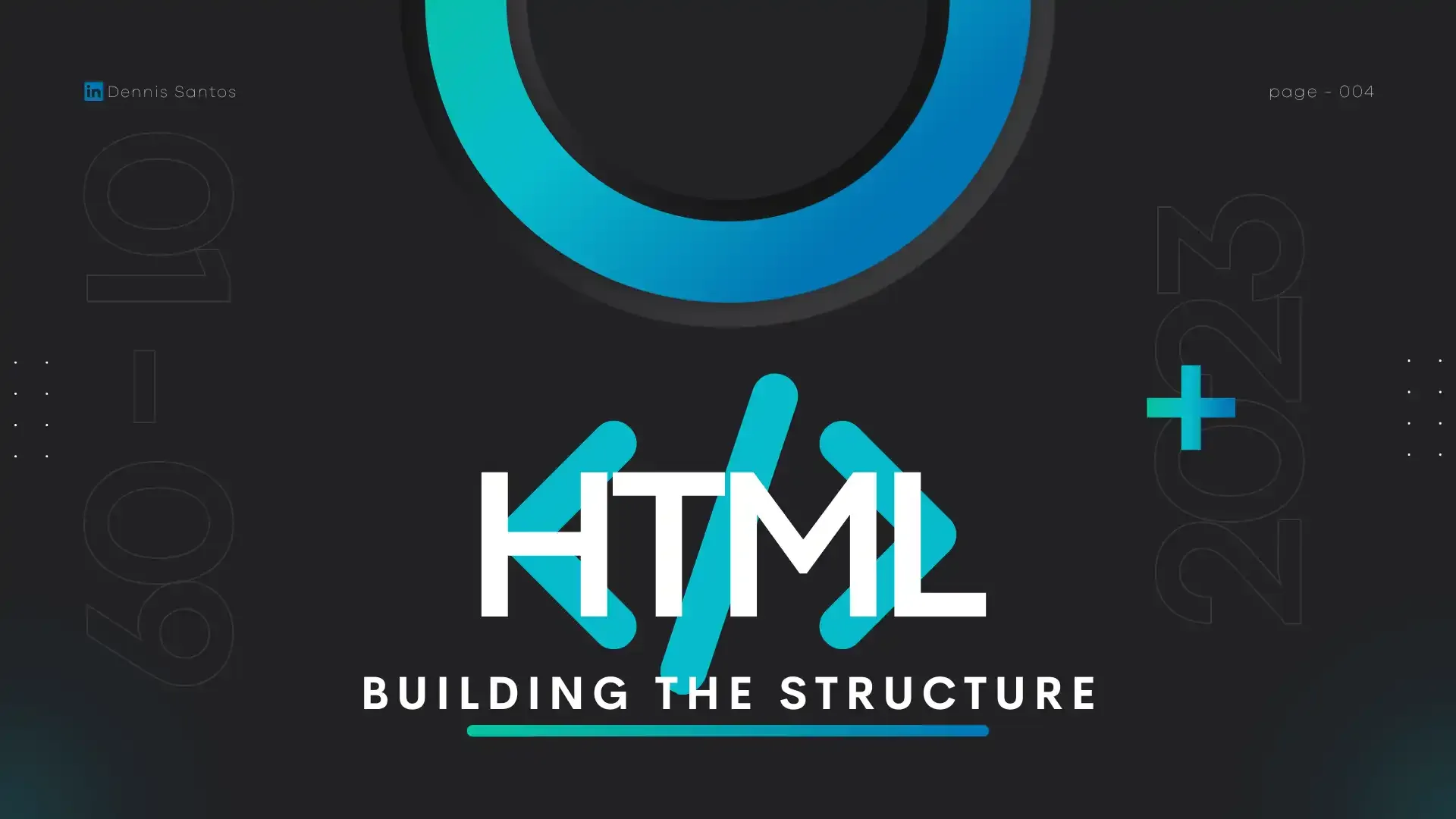HTML - Building the Structure
- #HTML
Hey there, fellow learner! Ready to dive into the wonderful world of HTML? Buckle up, because we're about to unravel the basics, the semantics, the benefits, the importance of accessibility, and some nifty SEO tips. Get comfy and let's roll!
HTML Basics: Building Blocks of the Web
Imagine HTML as the foundation of a website, like the skeleton that holds everything together. It stands for "HyperText Markup Language," which might sound fancy, but it's actually pretty straightforward. HTML uses tags to structure content on a webpage. These tags are like Lego blocks – you snap them together to create a functional and visually appealing site.
You'll start with the granddaddy of them all: the <!DOCTYPE html> declaration. It's like announcing to browsers that you're speaking their language. Then, you open and close your content inside <html> tags – think of it as your website's house.
Semantic HTML: Giving Meaning to Your Content
Now, let's jazz up your HTML with semantics. Imagine you're chatting with a friend; you use words to convey meaning, right? Semantic HTML does the same for your website. Instead of just using a <div> or <span> for everything, you have tags like <header>, <nav>, <article>, and more. These tags tell browsers and search engines what your content is all about, making your site more accessible and SEO-friendly.
Imagine you're sharing a recipe: you'd put the ingredients in one section (`<ingredients>`), the steps in another (`<instructions>`), and maybe a picture of the mouthwatering result (`<deliciousness>`).
Benefits Galore: Why Bother with Semantic HTML?
Semantic HTML isn't just a snazzy term; it comes with real benefits. Think of it as making your website speak human and search engine at the same time.
1. Accessibility Aces: Semantic tags make your site accessible to everyone, including people using screen readers. These users can easily understand your content's structure and meaning, providing an inclusive online experience.
2. SEO Superpowers: Search engines love semantic HTML. When you use proper tags, they understand your content better, boosting your chances of showing up in search results. Plus, a well-structured site often loads faster – another SEO win!
Access All Areas: The Power of Accessibility
Now, let's chat about accessibility. Imagine going to a party where everyone's invited, regardless of their abilities. That's the goal of web accessibility! Semantic HTML plays a major role here. By using meaningful tags, you're helping screen readers navigate your site, ensuring everyone can access your content – regardless of visual or auditory challenges.
SEO Magic: Making Your Site Stand Out
Last but not least, let's sprinkle in some SEO magic. SEO stands for "Search Engine Optimization," and it's like giving your website a megaphone so it can shout, "Hey, I'm awesome, check me out!" Here are some tips:
1. Keywords Kingdom: Use relevant keywords in your content, headings, and metadata. But don't overdo it – Google doesn't like keyword stuffing.
2. Link Love: Internal links (within your site) and external links (to other credible sites) show search engines that you're well-connected and a reliable source.
3. Speedy Gonzales: A well-structured HTML with proper semantic tags often leads to faster loading times. And guess what? Speedy sites get a thumbs-up from both users and search engines.
4. Mobile Matters: Make sure your site looks and works great on mobile devices. Google smiles upon mobile-friendly sites.
So there you have it, a whirlwind tour of HTML basics, semantic sweetness, accessibility awesomeness, and SEO savvy.
Remember, HTML is like the canvas you paint your website on – so let your creativity flow while keeping these essentials in mind. Happy coding! 🚀💻






